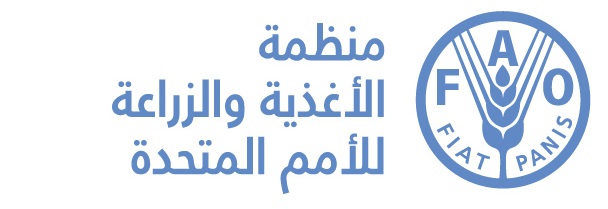Protecting the Worlds Plant Genetic Resources for Food and Agriculture from pests
Posted on ثلاثاء, 26 أكتوبر 2010, 08:10
2nd-report-plant0genetic-resources-for-food-and-agriculture.png
The Second Report on the State of the World s Plant Genetic Resources for Food and Agriculture - SoWPGR-2 - provides a comprehensive overview of recent trends in PGRFA conservation and use around the world. It is based on information gathered from more than 100 countries, as well as from regional and international research and support organizations and academic programmes.
The report documents the current status of plant genetic resources diversity, conservation and use, as well as the extent and role of national, regional and international efforts that underpin the contributions of PGRFA to food security. It highlights the most significant changes that have occurred in the sector since 1996, when the first report on The State of the World s Plant Genetic Resources for Food and Agriculture was produced by FAO, as well as the gaps and needs that remain for setting future priorities.
Progress: With respect to plant health, the SoWPGR-2 notes that the 1997 revision of the IPPC was substantial, bringing it up-to-date with current phytosanitary practices and aligning it with the concepts contained in the WTO Agreement on the Application of Sanitary and Phytosanitary Measures (SPS Agreement). It highlights the role of the IPPC in promoting the harmonization of phytosanitary measures through the development of International Standards for Phytosanitary Measures.
The SoWPGR-2 remarked on other significant changes where the IPPC has played an important role. Many new countries have adhered to the Convention and two new Regional Plant Protection Organizations are being been formed. Most of the countries profiled in the SoWPGR-2 have enacted or revised national legislation dealing with phytosanitary aspects of PGRFA issues, and much of the new national legislation in this area has been influenced by the 1997 Revision of the IPPC.
Gaps and needs: The SoWPGR-2 emphasizes that greater attention is needed in many countries to the development of appropriate, non-conflicting and complementary national policies and legislation relating to the conservation, exchange, and use of PGRFA, including phytosanitary regulations.
Roles for the IPPC in the road ahead: A comprehensive, rational system for the conservation and use of PGRFA will involve a phytosanitary component to protect the world s plant resources from pests. New standards currently on the work programme which will help to address risks associated with the movement of PGRFA.
For the full report please visit: http://www.fao.org/agriculture/seed/sow2

